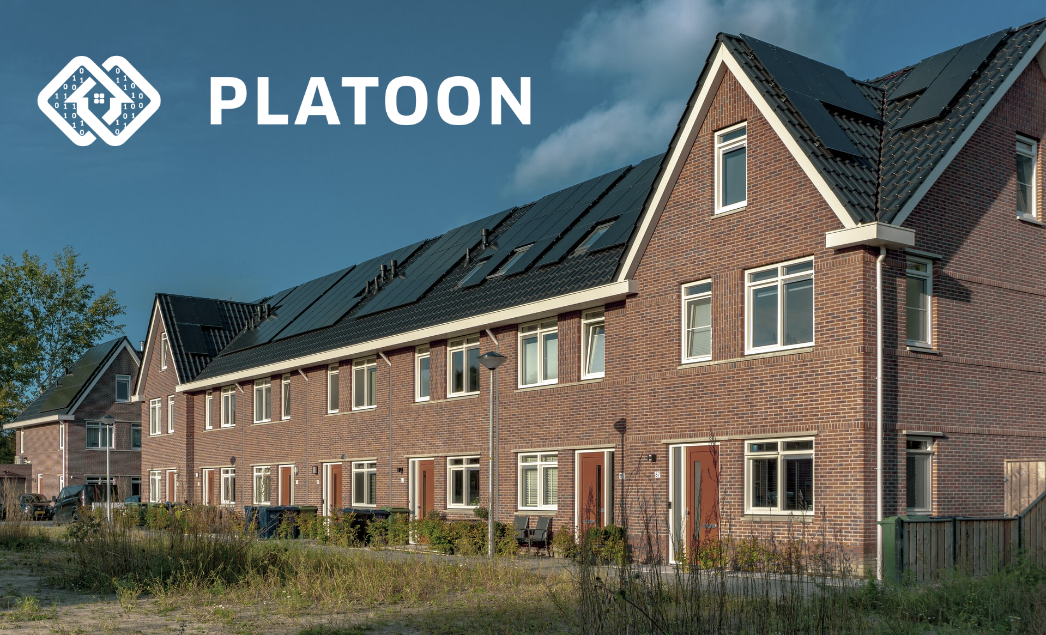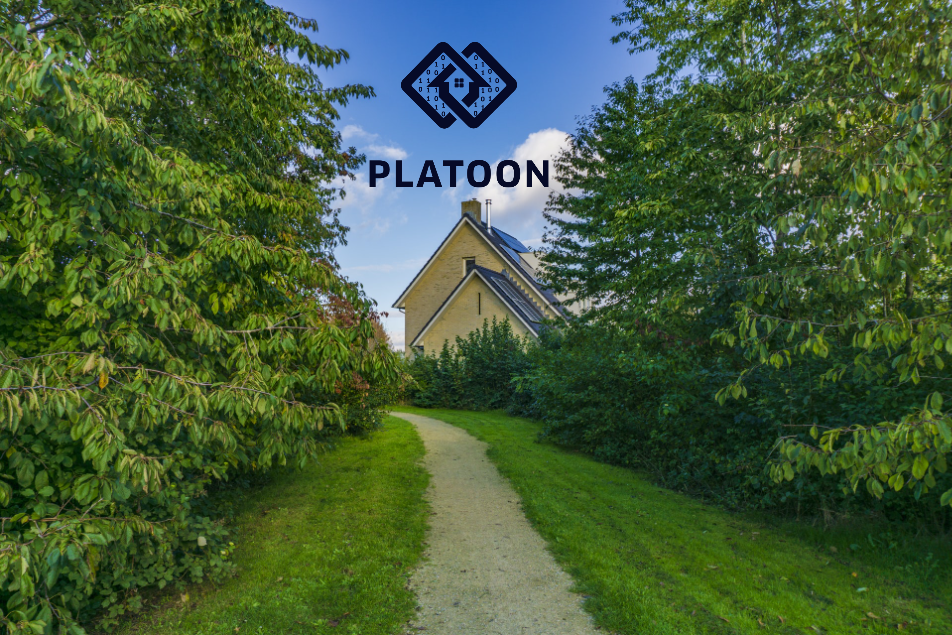
Pilot/Data owner objective
The global need is to save energy for a sustainable world and Reduce the dependence on fossil fuels. Controlling and reducing energy consumption is a must! For these reasons, it is necessary to realize a new platform to manage energy consumption and support the hard work of the energy manager.
PLATOON project will develop an Advanced Management System and Spatial (multi-scale) Predictive Models in the smart city, and the pilot will be tested on a set of buildings in the city of Rome. The main objectives of the pilot are:
- To plan an appropriate energy audits scheme;
- To test and deploy an Advanced multi-scale Energy Management System in a Smart City;
- To define optimal energy infrastructure operation settings in tertiary buildings to increase comfort and reduce costs;
- To increase the DSOs flexibility capacity for demand-side response actions.
Poste Italiane and Roma Capitale will experiment with the pilot ‘’Advanced Energy Management System and Spatial (multi-scale) Predictive Models in the Smart City’’ split into two trials. Each one will be described in the following.

Poste Italiane’s pilot, whose building set span from 180 to 28.000 sqm and has different destination use, is based on 3 use cases:
- Benchmarking Analysis (to measure building energy consumption and performances relative to other similar buildings, to model simulations of reference buildings set, or compare the building with itself);
- Forecast on energy consumption;
- Anomaly detection of HVAC systems.
Poste Italiane’s buildings are responsible for around 60% of the energy consumed and 31% of the group’s direct CO2 emissions. In order to minimise the environmental impacts of buildings, in terms of emissions produced and resources used, Smart Building was created to provide a single supervision system in terms of the Building and Energy Management System (BEMS). A subset of Smart Buildings will participate in PLATOON. This allows, both monitoring of all consumptions and hand implementing centralised automatic management based on environmental parameters to optimise consumption, maintaining optimal comfort conditions.
The data collected, along with those from the other project pilots and belonging to the “Advanced Energy Management System and Spatial Predictive Models in the Smart City” domain, will flow into the PLATOON platform to be processed by the latest generation algorithms in order to provide information to support the Energy Manager decision-making activities.
In particular, for Poste Italiane’s pilot the benefits expected for each use case are:
- Buildings Heating & Cooling consumption Analysis and Forecast;
- Provide HVAC forecast & monitoring capabilities to increase efficiency,
- Reduce CO2 emissions and increase comfort,
- Expected utilities cost reduction;
- Anomaly Detection of cooling & heating plants:
- Evolve from preventive, planned maintenance to a maintenance strategy based on early detection of anomalies in heating and cooling equipment,
- optimizing maintenance costs,
- preserving system availability and reducing downtime,
- Expected energy consumption and maintenance costs reduction;
- Lighting Consumption Estimation & Benchmarking:
- Provide lighting forecast & monitoring capabilities to increase efficiency and increase comfort,
- Expected energy costs reduction,
- GHG emissions reduction.

Roma Capitale’s municipal buildings asset is composed of almost 2000 buildings or a complex of buildings equipped with 8950 energy meters (6500 electric meters and 2450 gas meters, owned respectively by ARETI and ITALGAS).
The spatial distribution of the meters and the served buildings is a relevant aspect of the municipal asset in relation to the governance structure of the asset itself, considering that the municipality is divided into 14 Districts (Municipi) having in charge of several maintenance duties in buildings and plants.
Roma Capitale’s pilot will address the following 4 Use Cases corresponding to specific services:
- Spatial Reporting
- Spatial visualization (GIS and WebGIS) of the Buildings EC & EP data
- Spatial and attributes queries produce Flash Reports and aggregated results
- Benchmarking Analysis
- Structured Summary Reports are available, with graphs and maps.
- Updating AUDITS with recent baselines on energy consumption
- Benchmarking serves to measure building EC & EP relative to other similar buildings, to modelled simulations of reference buildings set, or to the same building’s past data
- Consumptions Anomalies Detection, Alerting, Support to general asset maintenance planning
- Forecast on energy consumption.
- Predicting energy usage of the buildings by analyzing multiple factors
- Simulating future consumptions scenarios for different time/functional use profiles of buildings or changes in performances (control factors)
- Reports on Future energy consumption
- Ranking
- Deviations and Anomalies
- Averages for typologies
- Normalization and reference set of buildings
- RES potentialities for Energy Communities
- Updating AUDITS with reporting on existing RES Plant efficiency
- Potential PV plants power, PV energy, Plants dimensions
- Storage capacity based on the max. self-consumptions in building
- Max exceeding energy to share with other eventual proximity users (energy Communities)
Services offered by the PLATOON platform are provided by a set of data-analytics based services through the data analytics toolbox:
- Power peak consumptions characterization, permits a downsize of power supplies and total costs, also impacting grid management and maintenance
- Load consumption data pattern recognition and benchmarking
- Energy consumption forecast is given external conditions and settings
- Energy consumption correlation with Occupancy
- Anomaly Detection
- What-if analysis
- Spatial reporting (GIS visualization for the Building’s Energy Consumption and general energy performance.